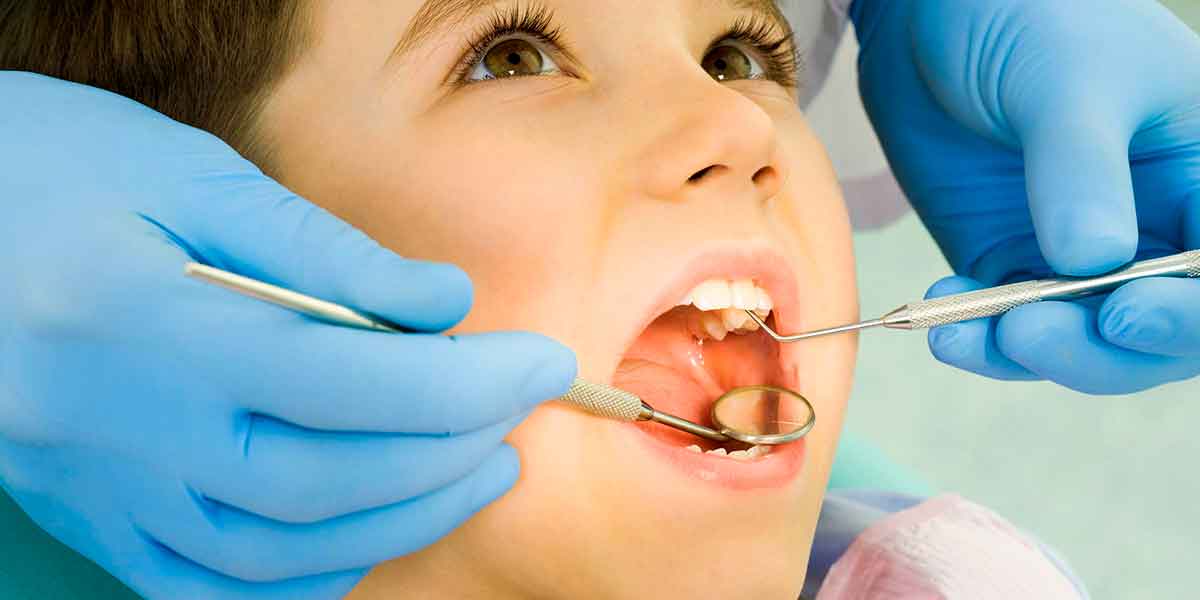Ensuring your child’s dental health and proper development starts with an early orthodontic evaluation. By spotting potential issues early, orthodontists can implement treatments that guide the growth of the jaw and teeth, leading to healthier outcomes. This article will address common questions parents have about early orthodontic evaluations, providing essential insights into their importance and benefits.
The Significance of Early Orthodontic Evaluations
Conducting an early orthodontic evaluation is crucial for the timely identification of dental problems, which are often easier to address while a child is still growing. Early detection can prevent more severe complications later, resulting in more effective and less invasive treatments.
Ideal Age for Evaluation
The American Association of Orthodontists suggests that children should have their first orthodontic evaluation by the age of seven. By this time, enough permanent teeth have emerged, allowing the orthodontist to identify potential issues with jaw growth and tooth alignment.
Advantages of Early Detection
Identifying orthodontic issues early offers several benefits:
- Prevents the development of more serious dental problems
- Guides the growth of the jaw to accommodate emerging teeth
- Reduces the need for more extensive treatments later
- Enhances the overall function and aesthetics of the teeth and jaw
Common Issues Identified During Early Orthodontic Evaluations
During an early orthodontic evaluation, the orthodontist will look for various issues that could impact your child’s dental health. These may include:
Teeth Misalignment
Misalignment can involve overcrowding, gaps, or improper bites (malocclusion). Addressing these issues early can simplify treatment and improve long-term outcomes.
Jaw Growth Issues
The orthodontist will assess whether the jaw is growing properly. Early intervention can help correct discrepancies in jaw growth, ensuring a balanced and functional bite.
Premature or Delayed Loss of Baby Teeth
The timing of losing baby teeth can impact the development of permanent teeth. The orthodontist will evaluate whether baby teeth are being lost too early or too late, which can affect the alignment of permanent teeth.
Habits Impacting Dental Health
Habits such as thumb sucking, mouth breathing, and tongue thrusting can affect dental development. Identifying these habits early allows for interventions that can mitigate their impact.
What to Expect During an Early Orthodontic Evaluation
An early orthodontic evaluation is a comprehensive assessment of your child’s dental and facial development. Here’s what you can expect during the visit:
Comprehensive Examination
The orthodontist will thoroughly examine your child’s teeth, jaw, and bite. This may include visual inspection, palpation, and the use of dental instruments to assess the alignment and health of the teeth and gums.
Diagnostic Imaging
The orthodontist may take diagnostic images to gain a detailed understanding of your child’s dental structure. These can include X-rays, panoramic radiographs, and 3D scans. These images help identify underlying issues that may not be visible during the initial examination.
Discussion of Findings and Recommendations
After the examination and imaging, the orthodontist will discuss the findings with you. They will explain any identified issues, their potential impact, and recommended treatment options. This is also an opportunity for you to ask questions and understand the proposed treatment plan.
Potential Treatment Options for Early Orthodontic Issues
If the orthodontist identifies issues during the evaluation, they may recommend various treatment options tailored to your child’s needs. These can include:
Space Maintainers
If your child loses a baby tooth prematurely, a space maintainer can prevent adjacent teeth from shifting into the gap, ensuring there is enough space for the permanent tooth to erupt properly.
Expansion Devices
For children with narrow jaws or crowding, an expansion device can help widen the jaw, creating more space for permanent teeth to come in correctly.
Braces or Aligners
In some cases, early intervention with braces or clear aligners can correct misalignment issues before they become more severe. This phase of treatment, often called Phase 1, can make subsequent treatments shorter and less complex.
Habit Appliances
Habit appliances are designed to help break habits like thumb sucking or tongue thrusting, which can negatively impact dental development. These appliances can train your child to adopt healthier habits.
Long-Term Benefits of Early Orthodontic Treatment
Early orthodontic treatment can offer significant long-term benefits, enhancing both dental health and overall well-being.
Enhanced Oral Health
Addressing orthodontic issues early can reduce the risk of tooth decay, gum disease, and other oral health problems. Properly aligned teeth are also easier to clean and maintain.
Improved Aesthetics and Confidence
Early treatment can improve the appearance of your child’s smile, boosting their confidence and self-esteem. A beautiful smile can positively impact social interactions and self-perception.
Better Functionality
Correcting bite issues and aligning the teeth can improve your child’s bite functionality, making it easier for them to chew and speak. This can prevent discomfort and promote better overall health.
Reduced Need for Future Treatments
Early intervention can simplify future orthodontic treatments, making them shorter and less invasive. This can save time, reduce discomfort, and lower the overall cost of orthodontic care.
Conclusion
Early orthodontic evaluation is vital in ensuring your child’s dental health and proper development. Addressing potential issues early can prevent more severe complications and set the foundation for a healthy, beautiful smile. If your child is approaching the age of seven or if you have concerns about their dental development, schedule an early orthodontic evaluation with a qualified orthodontist. This proactive approach can significantly impact your child’s oral health and overall well-being.




